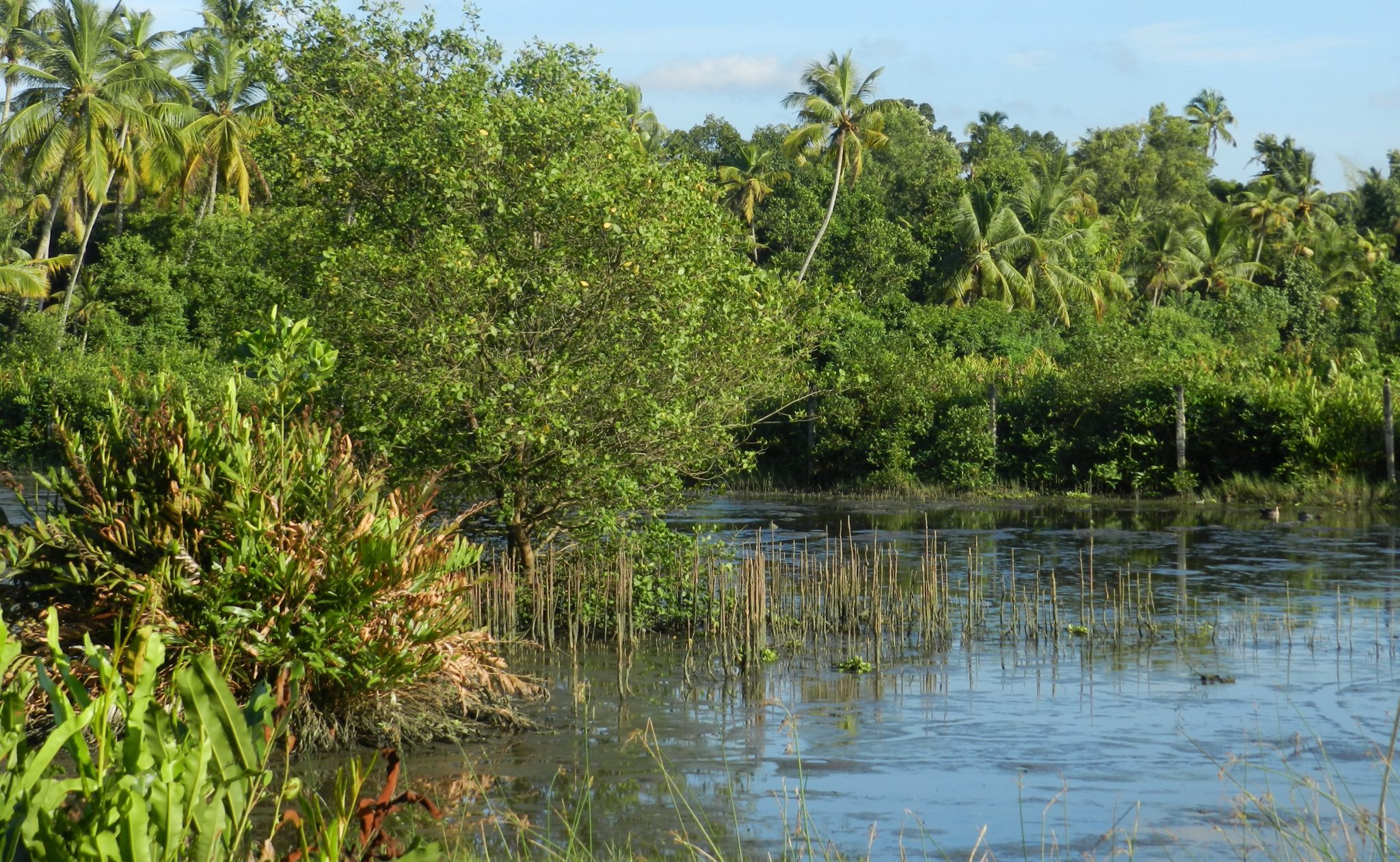
Coastal wetlands: Saviours of the blue!
-
Coastal wetland conservation
India is the only country in the world that boasts of an ocean named after her, the Indian ocean. Covering an expanse of 70.5 million square kilometers, this third largest ocean of the world, is also one of the most ecologically productive zones, boasting of high levels of biodiversity and endemicity containing 9 large marine ecosystems. Of the 36 littoral and 11 hinterland nations, situated at its rim, India has the longest coastline which is inhabited by almost 250 million people, living within 50km of the sea. With dense population and burgeoning economic activity, there is a huge threat for the ocean’s ecosystem, which is already reeling under pressures induced by climate change. The dead zone emerging in the Bay of Bengal for example may unfold into crisis of gargantuan proportions.
Given its dominating presence in the Indian ocean region, a developing economy and increasing stature, the responsibility of India increases manifold. With World ocean’s day, 2020 calling for a global movement for safeguarding at least 30% of world’s oceans by a network of highly protected areas, provides an opportunity for India to use its newly restored eminence and take on the role of spearheading the movement.
Coastal and marine wetlands form ecosystems that act as buffers between the land and the sea. Health of wetlands determines that of oceans. Wetlands act as trap for sediments and other land-based pollutants and filter them out, before reaching the oceans. They also play numerous other roles that helps in maintenance of larger marine systems and functions. Coastal wetlands provide an array of ecosystem services like stabilization of shoreline, accretion of sediments, carbon sequestration, buffering from storms and cyclones, providing habitat to numerous species apart from ensuring security of food and livelihood for humans.
India is endowed with a variety of marine and coastal wetlands with rich biodiversity and huge economic prospects. At least 14 species of seagrasses, 69 of mangroves, 208 of corals, 2629 of fish, 253 of birds and over 55000 of molluscs are reported to be inhabiting these wetlands apart from numerous crustaceans, diatoms, reptiles and mammals. Many coastal wetlands also support high degree of endemicity along with many charismatic species like Royal Bengal Tiger, Irrawaddy Dolphin and Olive Ridley Turtles to name a few. Economically, these wetlands contribute significantly to the GDP of the country by supporting fishing, tourism, transport, pharmaceuticals and mining activities providing millions with livelihoods.
However, being the niche of high population and economic activities, these wetlands tend to face extreme anthropogenic pressures, leading to their degradation and loss. Alteration of hydrological regimes and sediment fluxes due to over extraction of water upstream, coupled with salinity changes has adverse implications for a variety of wetlands like mangroves, inter-tidal mud flats, estuaries and seagrasses. Besides, conversion of wetlands for agriculture, intensive aquaculture, industrial purposes, tourism and construction activities has altered the very nature of landscape. All these pressures coupled with increasing pollution is threatening to degrade these ecosystems, that would ultimately affect the physio-chemical and biological processes of Indian ocean.
With such high economic and environmental assets at stake, it becomes imperative that urgent measures are undertaken for conservation and wise use of coastal wetlands. Although India has been successful in putting in place a robust policy framework for conservation of these ecosystems yet the real action of ground and intended results are nowhere to be seen. With India, starting to face the consequences of global climate change, especially, in the form of sea level rise, increasing coastal erosion and increase in frequency and intensity of cyclones, it is high time that she spearheads the movement called on this world ocean’s day at the regional scale and take tangible and time based initiatives for safeguarding Indian ocean through network of protected areas, including coastal wetlands.
Wetlands International South Asia has been partnering with various stakeholders for conservation and wise use of coastal wetlands. We have been supporting state governments and stakeholders in putting in place integrated management for Chilika and Bhitarkanika (Odisha), Point Calimere (Tamil Nadu), Vembanad and Ashtamudi (Kerala), and Chandrabhaga (Gujarat). As a regional stakeholder, we strive to cover as many sites as deemed necessary for healthy functioning of the coastal and marine ecosystems, for the sake of safeguarding our home, our earth.
